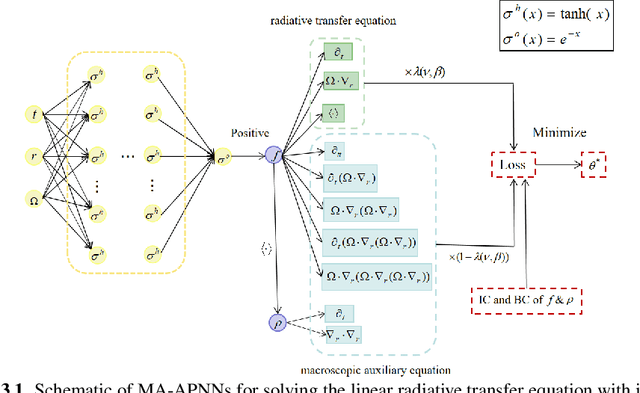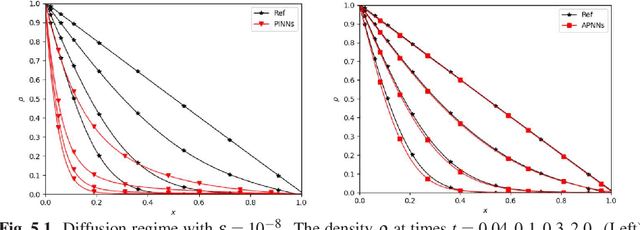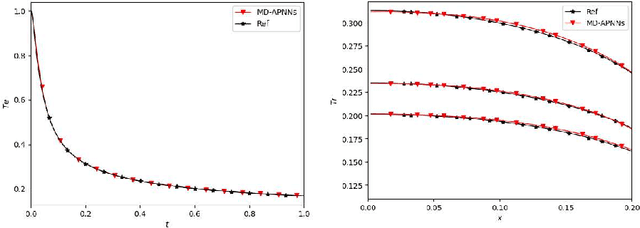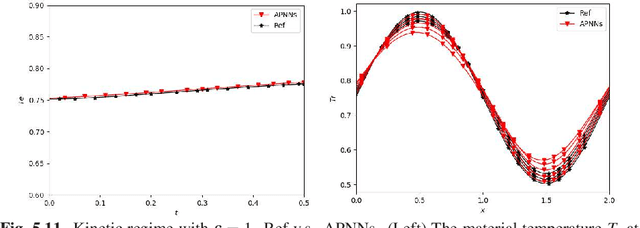Wenjun Sun
Reasoning for Hierarchical Text Classification: The Case of Patents
Oct 08, 2025Abstract:Hierarchical text classification (HTC) assigns documents to multiple levels of a pre-defined taxonomy. Automated patent subject classification represents one of the hardest HTC scenarios because of domain knowledge difficulty and a huge number of labels. Prior approaches only output a flat label set, which offers little insight into the reason behind predictions. Therefore, we propose Reasoning for Hierarchical Classification (RHC), a novel framework that reformulates HTC as a step-by-step reasoning task to sequentially deduce hierarchical labels. RHC trains large language models (LLMs) in two stages: a cold-start stage that aligns outputs with chain-of-thought (CoT) reasoning format and a reinforcement learning (RL) stage to enhance multi-step reasoning ability. RHC demonstrates four advantages in our experiments. (1) Effectiveness: RHC surpasses previous baselines and outperforms the supervised fine-tuning counterparts by approximately 3% in accuracy and macro F1. (2) Explainability: RHC produces natural-language justifications before prediction to facilitate human inspection. (3) Scalability: RHC scales favorably with model size with larger gains compared to standard fine-tuning. (4) Applicability: Beyond patents, we further demonstrate that RHC achieves state-of-the-art performance on other widely used HTC benchmarks, which highlights its broad applicability.
Macroscopic auxiliary asymptotic preserving neural networks for the linear radiative transfer equations
Mar 04, 2024



Abstract:We develop a Macroscopic Auxiliary Asymptotic-Preserving Neural Network (MA-APNN) method to solve the time-dependent linear radiative transfer equations (LRTEs), which have a multi-scale nature and high dimensionality. To achieve this, we utilize the Physics-Informed Neural Networks (PINNs) framework and design a new adaptive exponentially weighted Asymptotic-Preserving (AP) loss function, which incorporates the macroscopic auxiliary equation that is derived from the original transfer equation directly and explicitly contains the information of the diffusion limit equation. Thus, as the scale parameter tends to zero, the loss function gradually transitions from the transport state to the diffusion limit state. In addition, the initial data, boundary conditions, and conservation laws serve as the regularization terms for the loss. We present several numerical examples to demonstrate the effectiveness of MA-APNNs.
A model-data asymptotic-preserving neural network method based on micro-macro decomposition for gray radiative transfer equations
Dec 11, 2022



Abstract:We propose a model-data asymptotic-preserving neural network(MD-APNN) method to solve the nonlinear gray radiative transfer equations(GRTEs). The system is challenging to be simulated with both the traditional numerical schemes and the vanilla physics-informed neural networks(PINNs) due to the multiscale characteristics. Under the framework of PINNs, we employ a micro-macro decomposition technique to construct a new asymptotic-preserving(AP) loss function, which includes the residual of the governing equations in the micro-macro coupled form, the initial and boundary conditions with additional diffusion limit information, the conservation laws, and a few labeled data. A convergence analysis is performed for the proposed method, and a number of numerical examples are presented to illustrate the efficiency of MD-APNNs, and particularly, the importance of the AP property in the neural networks for the diffusion dominating problems. The numerical results indicate that MD-APNNs lead to a better performance than APNNs or pure data-driven networks in the simulation of the nonlinear non-stationary GRTEs.
 Add to Chrome
Add to Chrome Add to Firefox
Add to Firefox Add to Edge
Add to Edge